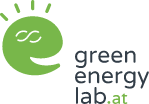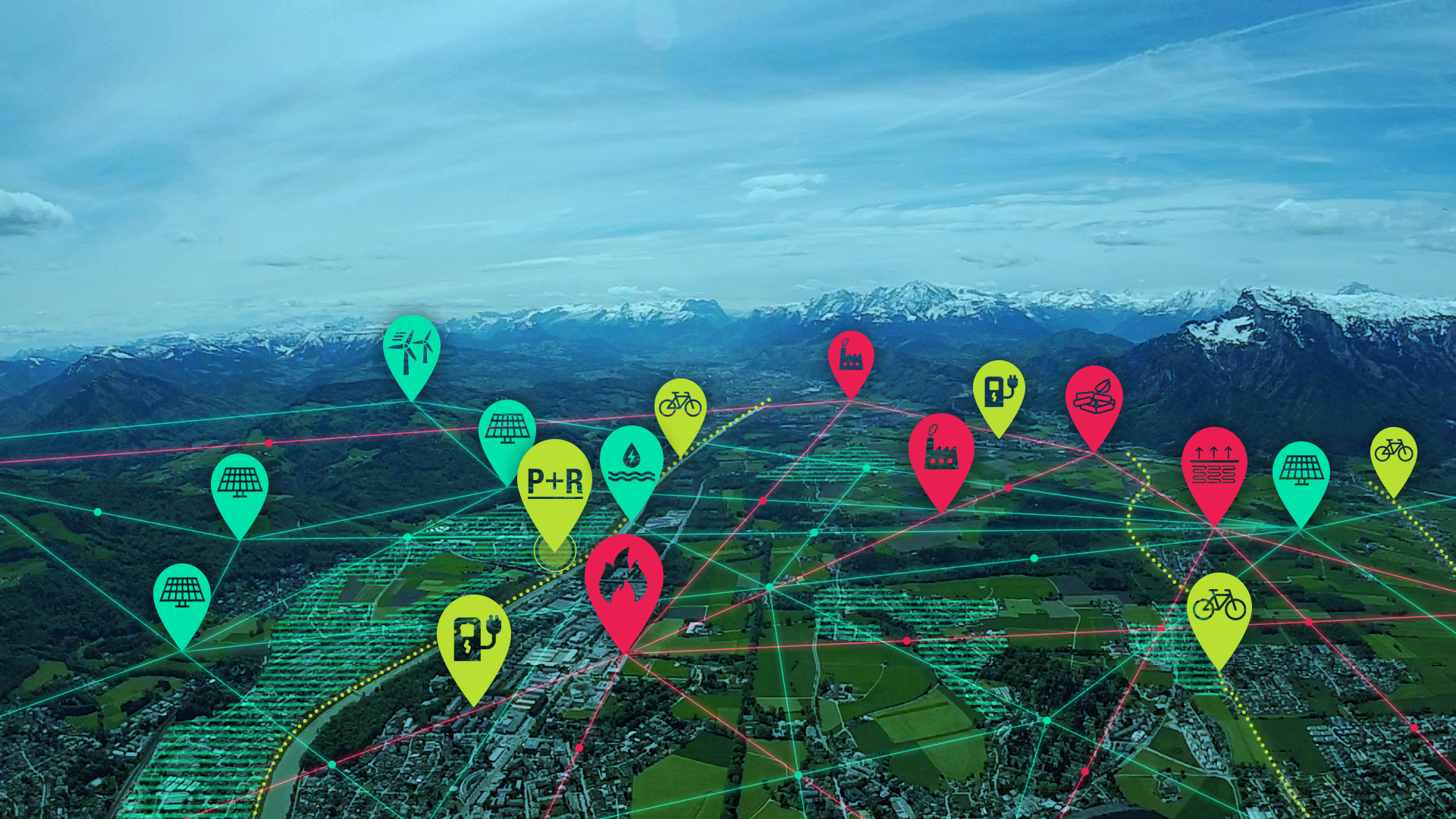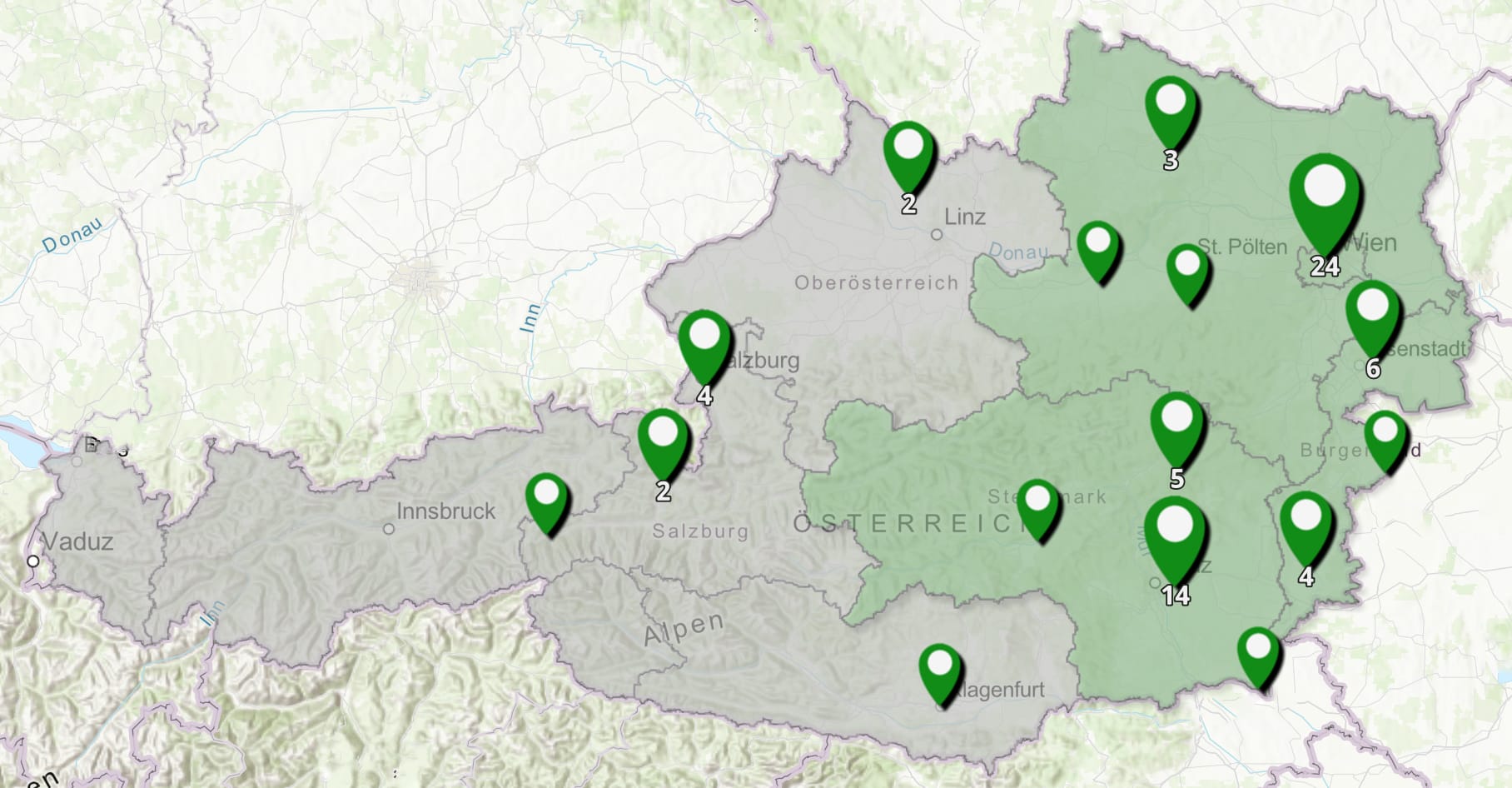Spatial Energy Planning II
Energy transition based on well-founded information from the preliminary project SEP I
This research project has been completed. Access the Spatial Energy Planning II Results Fact Sheet or download the Publishable Final Report here.
The energy transition requires coordinated action. In order to achieve the climate goals, all renewable energy resources must be used optimally. The right solution in the wrong place or used incorrectly is not effective. The growing interdependencies between the sectors (electricity, heat and transport) must be taken into account in the energy system of the future and comprehensive, long-term planning is required that integrates the topics of energy generation and use and infrastructure and spatial planning (regional development, urban planning, etc.).
The success of the energy transition depends on control and coordination based on well-founded information. For this purpose, energy-related issues must be taken into account in the planning processes of the regional authorities and coordinated with those of the infrastructure operators. The processes successfully developed and implemented in the SEP I (Spatial Energy Planning) project to take energy-related issues into account in the planning processes in the heating sector were expanded to include the electricity and transport sectors. This means that all energy and climate protection-related sectors can be included in the strategic development. For example, project developers for a construction project can obtain all the information they need specifically about heat and power supply as well as mobility optimization at the push of a button using automated reports.
Coordination of sustainable energy infrastructures based on the information system of SEP I
The information system, which was developed in SEP I as the basis for considering the heat supply in planning processes (e.g. building authority process, local development planning), was implemented in the respective communities. In addition to the roll-out of the use of the information in the defined planning processes, the content for the areas of mobility and electricity was gradually expanded and in this way specific instruments such as automated reports and apps were created for the planning process. With the help of these tools, the development of sustainable energy infrastructures was coordinated and settlement development and land use were brought into line with the requirements of the energy transition. This paved the way for the planning and implementation of plus-energy quarters (quarters that produce large amounts of energy on site and are supplied with renewable energy). At the same time, suggestions were drawn up on how the existing legal basis must be adapted in order to anchor energy sustainably.
Links:
You are currently seeing a placeholder content of YouTube. To access the actual content, click on the button below. Please note that data will be passed on to third-party providers.
The following model solutions were being developed in the Spatial Energy Planning II project:
DATA BASIS FOR ENERGY PLANNING II
PLANNING PROCESSES II
ENERGY-ATLAS
ENERGY-APP
Media reports on the project
Renovation as condition for gas phase-out – ORF.at
Much is being written about the gas phase-out and how gas boilers are to be removed from buildings. But thermal renovation is almost more important. Because in order to achieve the climate targets that have been set, energy consumption must be significantly reduced.
To the articleUrban planning in times of climate change – Österreichische Gemeindezeitung
Österreichische Gemeindezeitung 03/2021 with the topic of urban planning in times of climate change: The magazine focuses on spatial energy planning, urban development and inner-city densification, land policy and spatial planning as well as urban planning at EU level.
To the articleNew impulses for spatial energy planning – Nachhaltige Technologien
The 01/2021 issue of “Nachhaltige Technologien” presents exemplary digital planning tools and specific processes as well as implementation experiences. In addition, the lead article “Die österreichische Wärmestrategie” reports on binding objectives and current process progress as well as making direct reference to the topic of spatial energy planning.
To the articleEnergy MEETS spatial planning (practical report from Salzburg) – Nachhaltige Technologien
Since 1 January 2018, energy and climate protection have been enshrined in the Salzburg Spatial Planning Act as tasks of spatial planning. Since then, spatial development concepts have become established practice and energy and climate protection-related issues are consistently taken into account.
To the articleConsidering energy and climate protection in official planning processes
The consideration of energy in formal and informal planning processes (from local development planning to urban development competitions and building authority procedures to infrastructure planning) has been an important topic in national climate protection efforts for many years.
To the articleThe digital energy atlas for spatial energy planning – Nachhaltige Technologien
Since the start of the project in 2018, the GEL S/E/P project series has been dedicated to creating the basis for effective spatial energy planning. Focusing on the federal states of Salzburg, Styria and Vienna, the project aims to develop a customised digital energy atlas with high-resolution spatial information and reporting functions.
To the article

